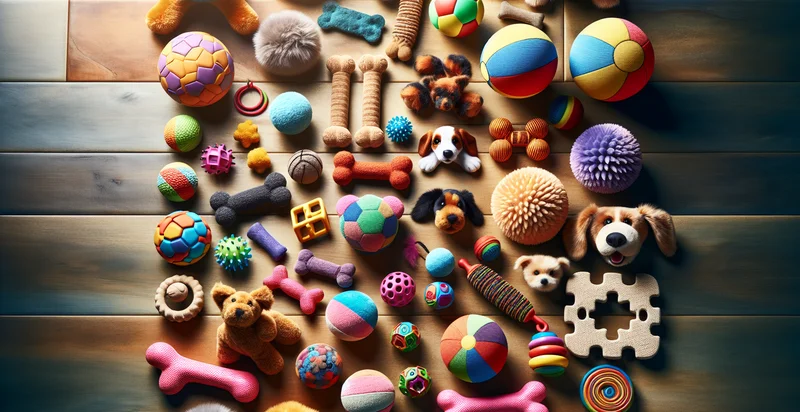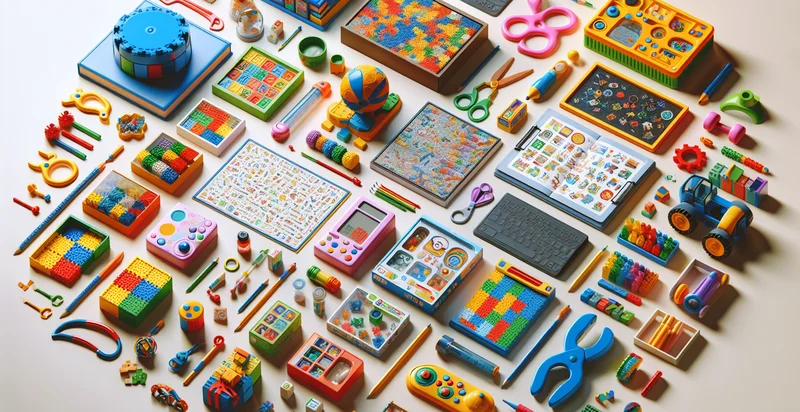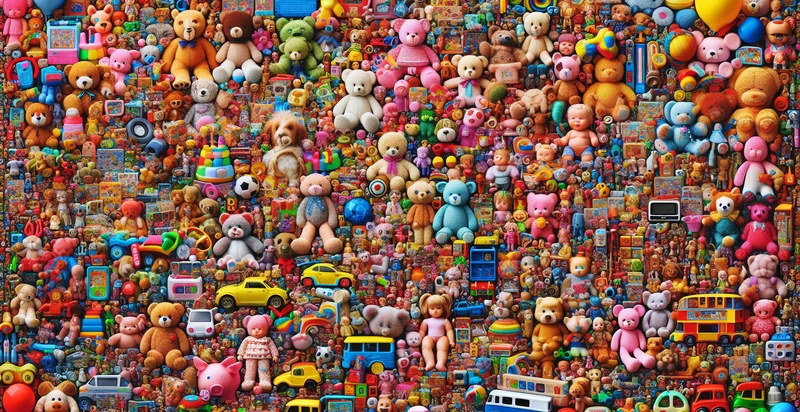Identify pet toy brands
using AI
Below is a free classifier to identify pet toy brands. Just upload your image, and our AI will predict what pet toy brand it belongs to - in just seconds.

Contact us for API access
Or, use Nyckel to build highly-accurate custom classifiers in just minutes. No PhD required.
Get started
import nyckel
credentials = nyckel.Credentials("YOUR_CLIENT_ID", "YOUR_CLIENT_SECRET")
nyckel.invoke("pet-toy-brands", "your_image_url", credentials)
fetch('https://www.nyckel.com/v1/functions/pet-toy-brands/invoke', {
method: 'POST',
headers: {
'Authorization': 'Bearer ' + 'YOUR_BEARER_TOKEN',
'Content-Type': 'application/json',
},
body: JSON.stringify(
{"data": "your_image_url"}
)
})
.then(response => response.json())
.then(data => console.log(data));
curl -X POST \
-H "Content-Type: application/json" \
-H "Authorization: Bearer YOUR_BEARER_TOKEN" \
-d '{"data": "your_image_url"}' \
https://www.nyckel.com/v1/functions/pet-toy-brands/invoke
How this classifier works
To start, upload your image. Our AI tool will then predict what pet toy brand it belongs to.
This pretrained image model uses a Nyckel-created dataset and has 15 labels, including Benebone, Chuckit!, Frisco, Hugglehounds, Jw Pet, Kong, Mammoth Flossy Chews, Nerf Dog, Nylabone and Outward Hound.
We'll also show a confidence score (the higher the number, the more confident the AI model is around what pet toy brand it belongs to).
Whether you're just curious or building pet toy brands detection into your application, we hope our classifier proves helpful.
Related Classifiers
Need to identify pet toy brands at scale?
Get API or Zapier access to this classifier for free. It's perfect for:
- Brand Quality Assessment: This use case allows pet toy retailers to assess and verify the quality of products by identifying the brand. By analyzing images of toys, retailers can ensure they are stocking genuine products from reputable companies, ultimately reducing customer complaints and returns.
- Inventory Management: Distributors could leverage this image classification to automatically categorize and manage their inventory. By identifying the brand of pet toys in stock, they can streamline the restocking process and maintain better inventory control, leading to improved efficiency and reduced overhead costs.
- Market Analysis: Researchers and marketers can utilize this function to gather data on brand prevalence in various geographic regions. This information would be valuable for identifying market trends and consumer preferences, allowing brands to tailor their marketing strategies accordingly.
- E-commerce Optimization: Online marketplaces can implement this classification tool to enhance search functionality. By ensuring customers can filter products by brand, e-commerce platforms can improve user experience and increase conversion rates through more targeted searches.
- Brand Protection: Companies can use the image classification system to monitor and identify counterfeit or unlicensed products in the market. By automatically flagging false or unauthorized brands, businesses can take protective measures to maintain brand integrity and customer trust.
- Social Media Marketing: Pet brands can analyze user-generated content to identify which toys are being featured or discussed. By classifying images of pet toys, brands can gain insights into consumer engagement and preferences, informing their social media campaigns and influencer partnerships.
- Product Development Feedback: Companies can analyze consumer feedback and product imagery to assess which toy designs resonate with pet owners. By classifying images by brand, brands can gather critical insights to inform future product development, ensuring they meet market demands effectively.


